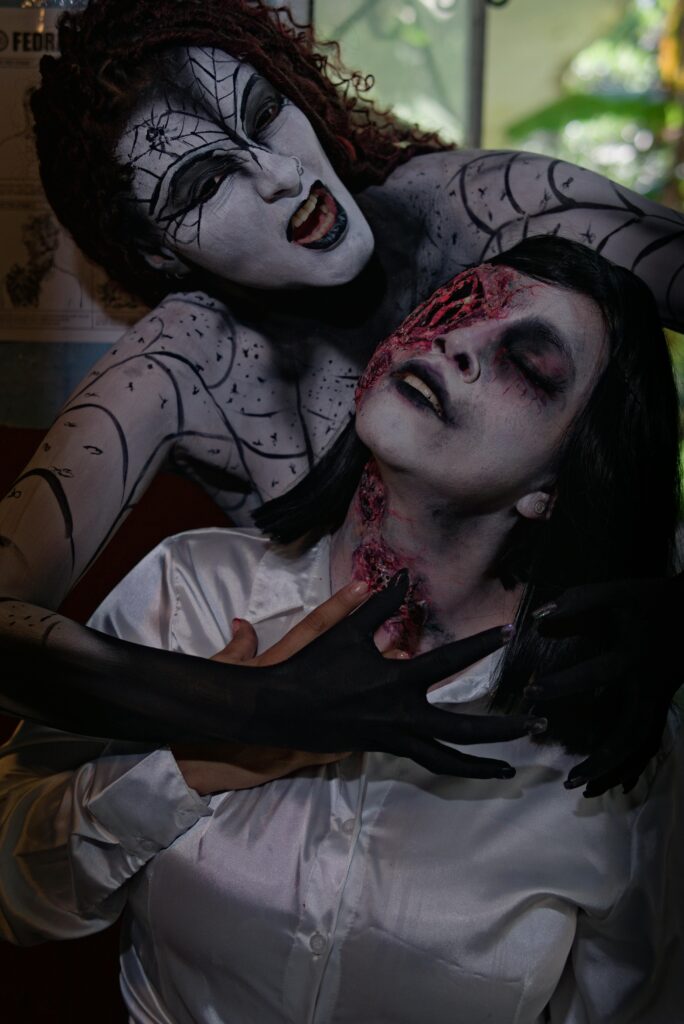A double entendre is a figure of speech where a phrase or expression has two interpretations, typically one that is straightforward and another that is risqué or suggestive. This linguistic device is prevalent in literature, film, and everyday conversation, adding layers of meaning and often humor to the dialogue.
Origins and Definition of Double Entendre
The term “double entendre” originates from the French phrase meaning “double meaning.” In English, it refers to a word or expression capable of two interpretations, with one usually being risqué. This device relies on the ambiguity of language, exploiting multiple meanings of words or phrases to convey a secondary, often suggestive, message.
Characteristics of Double Entendre
Key features of double entendres include:
- Dual Meanings: A phrase that can be understood in two ways, one of which is often risqué.
- Ambiguity: The use of language that allows for multiple interpretations.
- Wordplay: Exploiting puns, homophones, or homographs to convey the secondary meaning.
Double Entendre in Literature
Literature is rich with examples of double entendres, where authors use this device to add depth and humor to their works.
Shakespeare’s Use of Double Entendre
William Shakespeare frequently employed double entendres in his plays. For instance, in “Romeo and Juliet,” Mercutio quips, “‘Tis no less, I tell you; for the bawdy hand of the dial is now upon the prick of noon.” Here, “prick” refers both to the point of the clock and serves as a sexual innuendo.
Chaucer’s “The Canterbury Tales”
Geoffrey Chaucer’s “The Canterbury Tales” also contains double entendres. In “The Miller’s Tale,” the word “queynte” is used, which can mean both “a pleasing thing” and serve as a euphemism for female genitalia.
Double Entendre in Film
Filmmakers often use double entendres to add humor and subtlety to dialogue.
James Bond Series
The James Bond franchise is notorious for its use of double entendres, especially in character names like “Pussy Galore” and “Dr. Goodhead,” which carry obvious suggestive meanings.
Animated Films
Animated films sometimes include double entendres to entertain adult audiences while remaining appropriate for children. For example, in “Finding Nemo,” a fish encourages others to “be as gross as possible. Think dirty thoughts!” This line can be interpreted innocently by children but carries a suggestive undertone for adults.
Double Entendre in Music
Musicians often incorporate double entendres into their lyrics to add depth and appeal to a broader audience.
Blues Music
Early blues performers like Bo Carter recorded songs filled with double entendres, such as “Banana in Your Fruit Basket,” which uses fruit as a metaphor for sexual themes.
Modern Pop Music
Contemporary artists continue this tradition. For instance, Hozier’s song “Take Me to Church” uses religious imagery as a double entendre for intimate relationships.
Double Entendre in Everyday Conversation
In daily interactions, double entendres are often used for humor or to convey messages subtly.
Common Examples
- “You look really hot!” – This can refer to someone being physically warm or being attractive.
- “He’s got a huge package.” – This could mean someone is carrying a large box or imply something more suggestive.
Purpose and Effectiveness of Double Entendre
Double entendres serve various purposes:
- Humor: They add wit and amusement to dialogue.
- Subtlety: They allow speakers to convey risqué messages without being explicit.
- Engagement: They engage audiences by requiring them to interpret the underlying meaning.
Conclusion
Understanding double entendres enhances one’s appreciation of language’s richness and the nuances of communication. Whether in literature, film, music, or everyday conversation, this device adds layers of meaning and humor, making interactions more engaging and thought-provoking.


